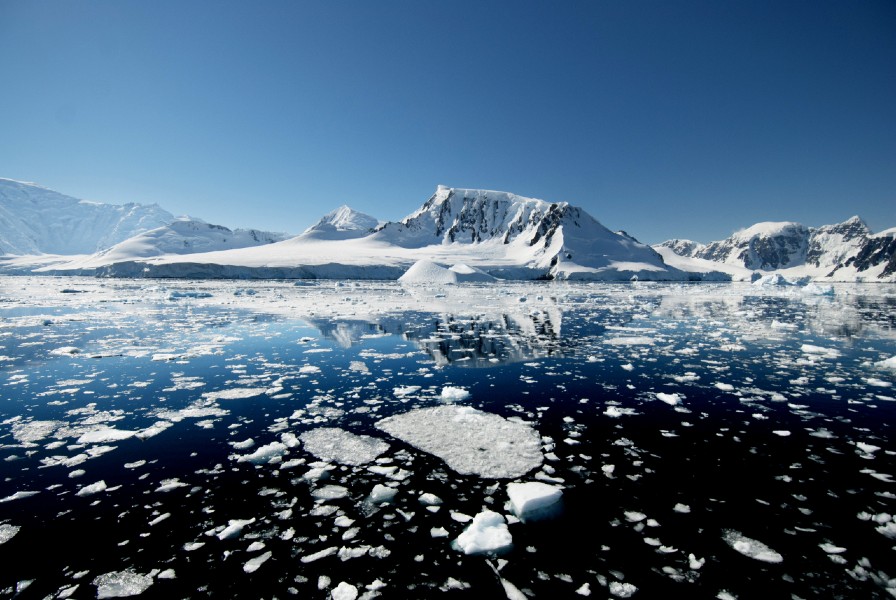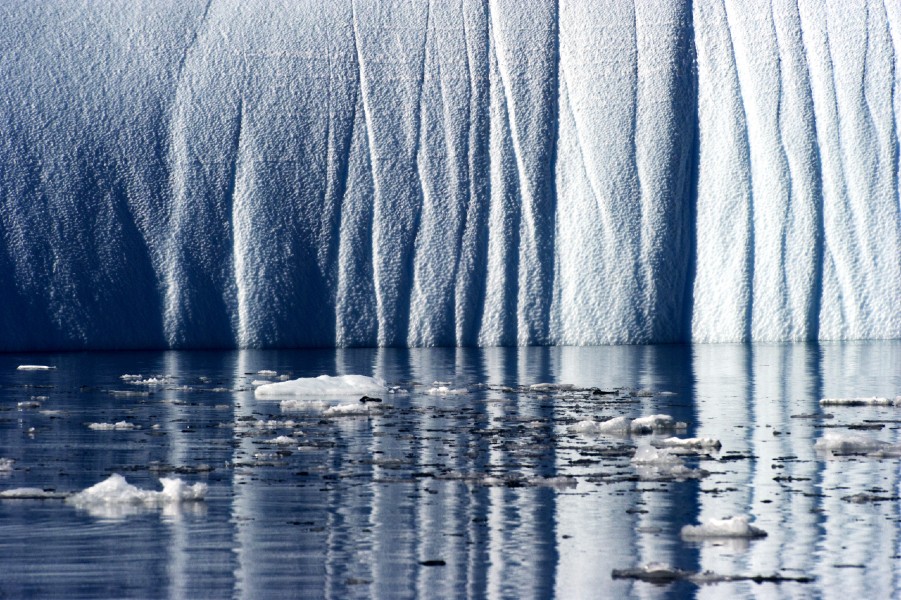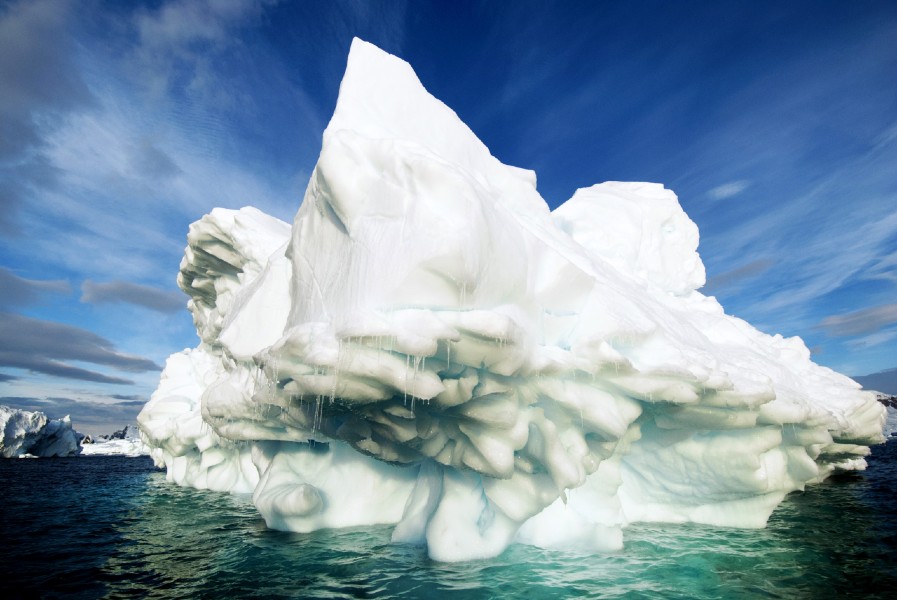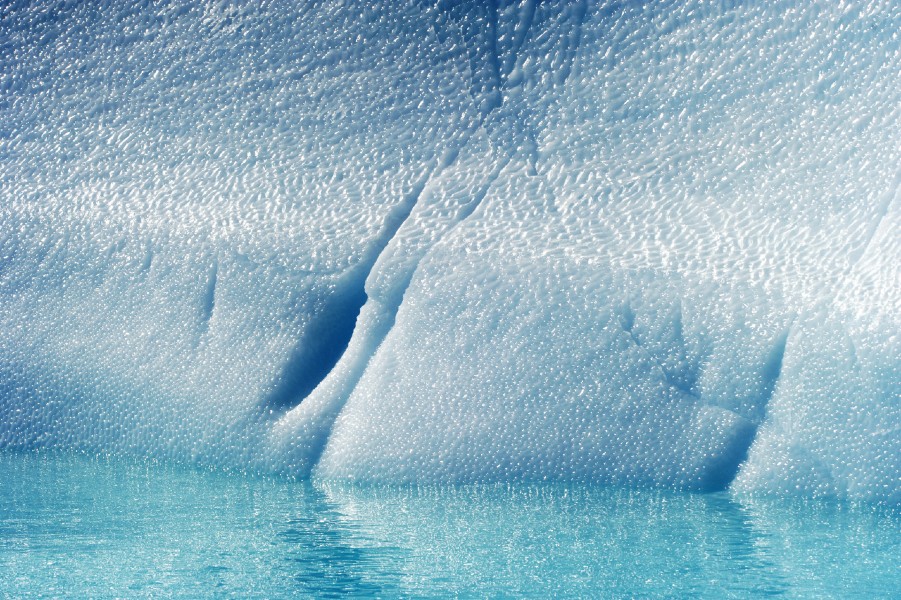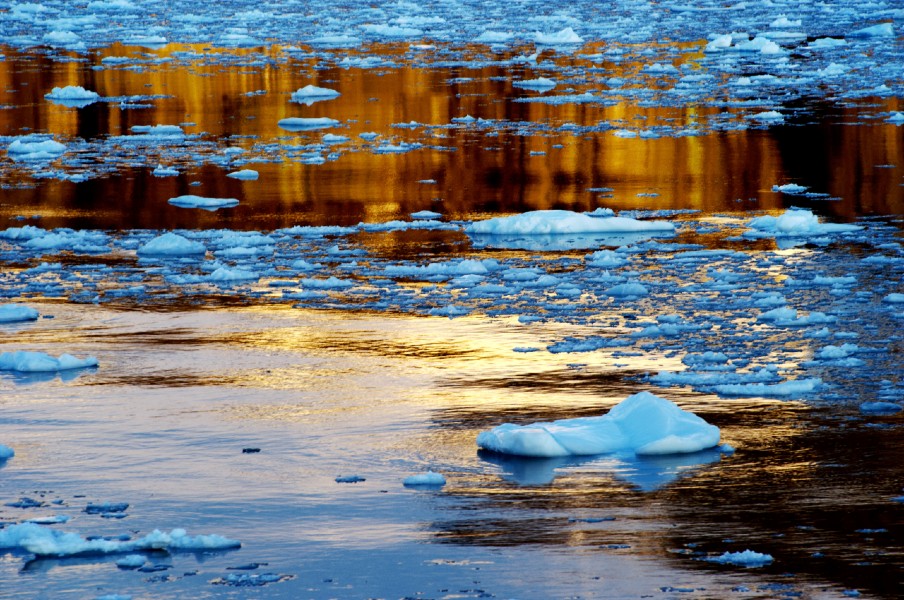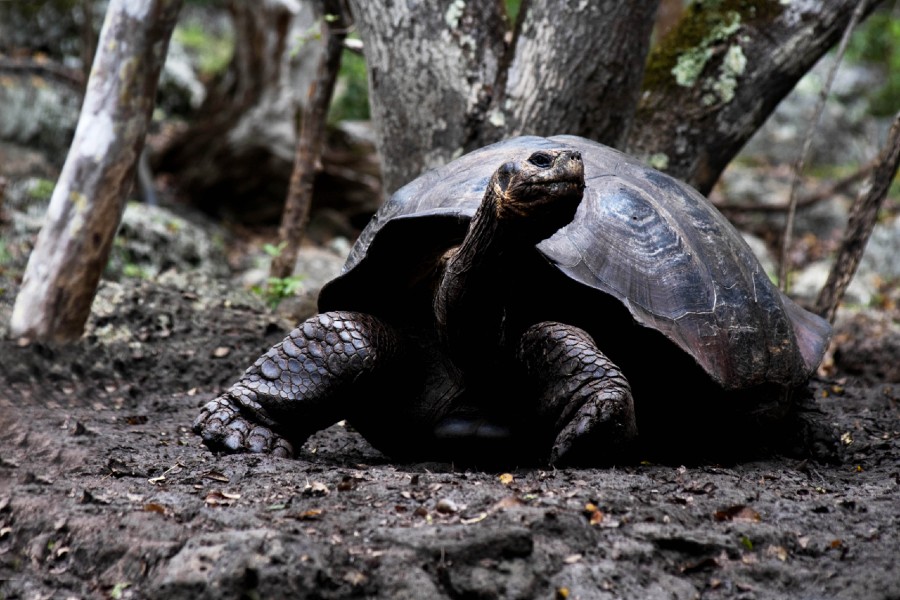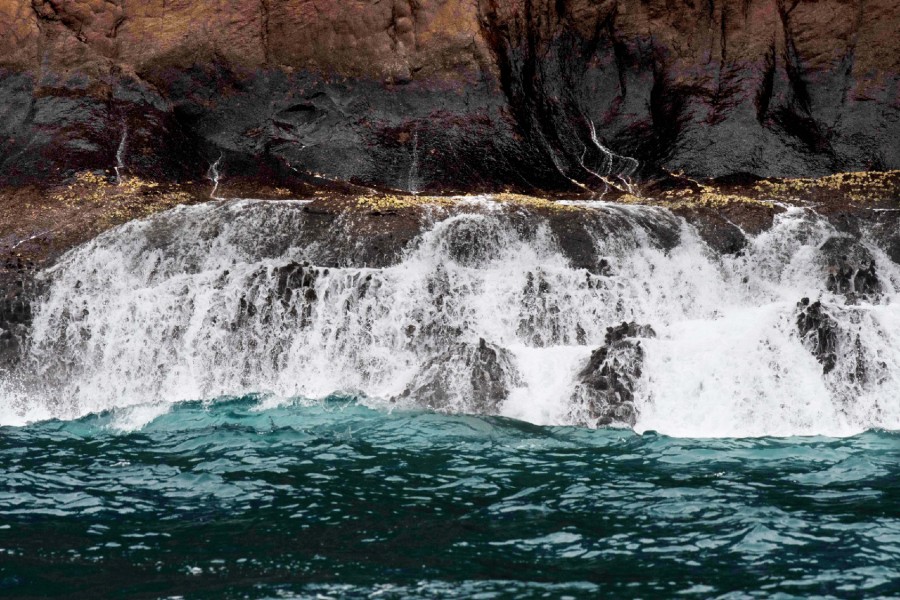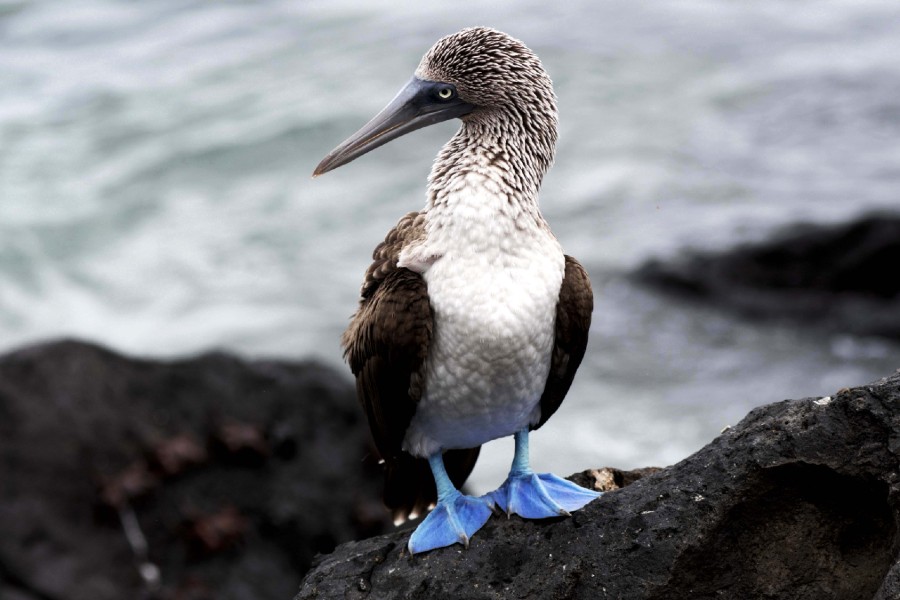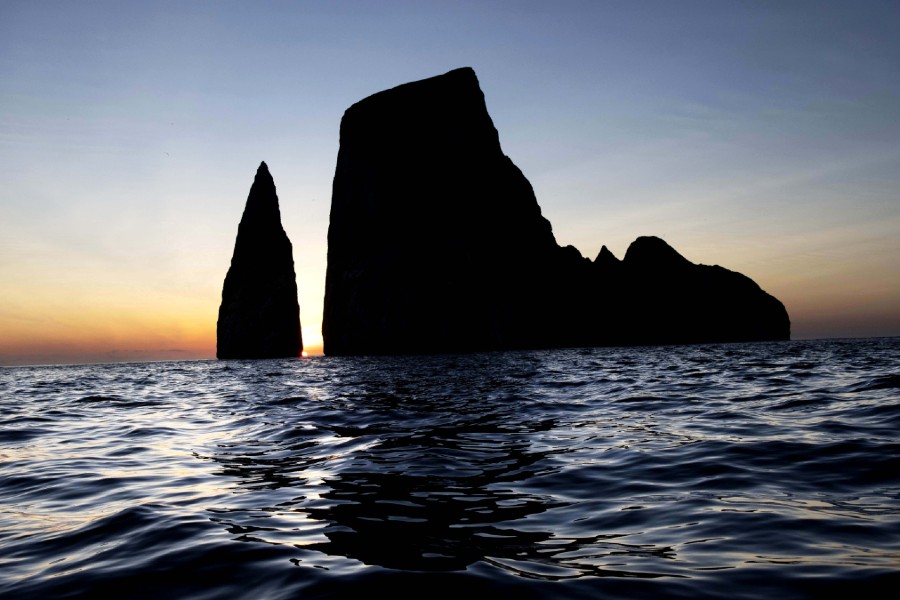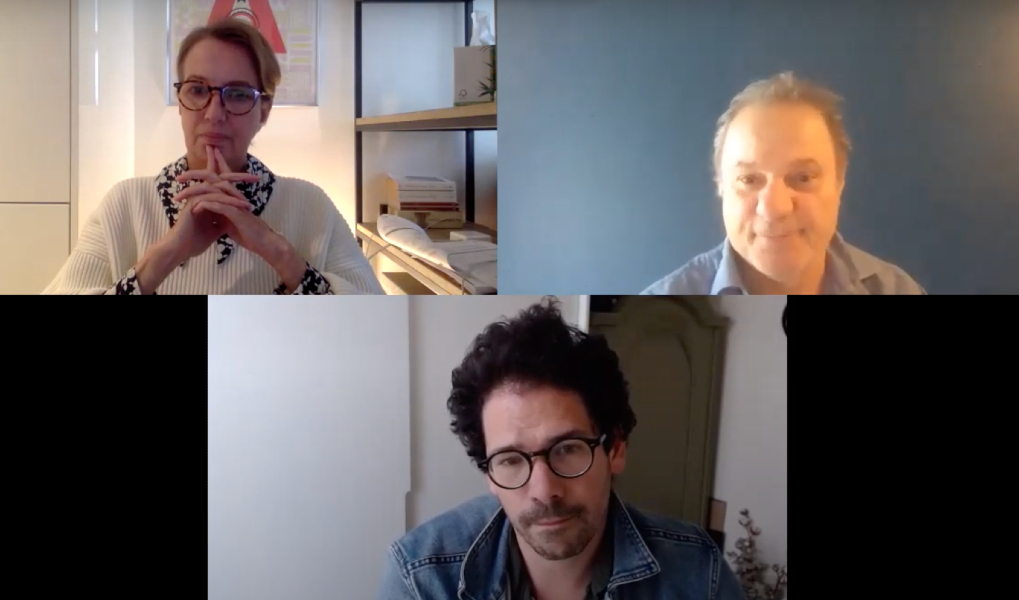PHOTOGRAPHY: Inspiration in Ice
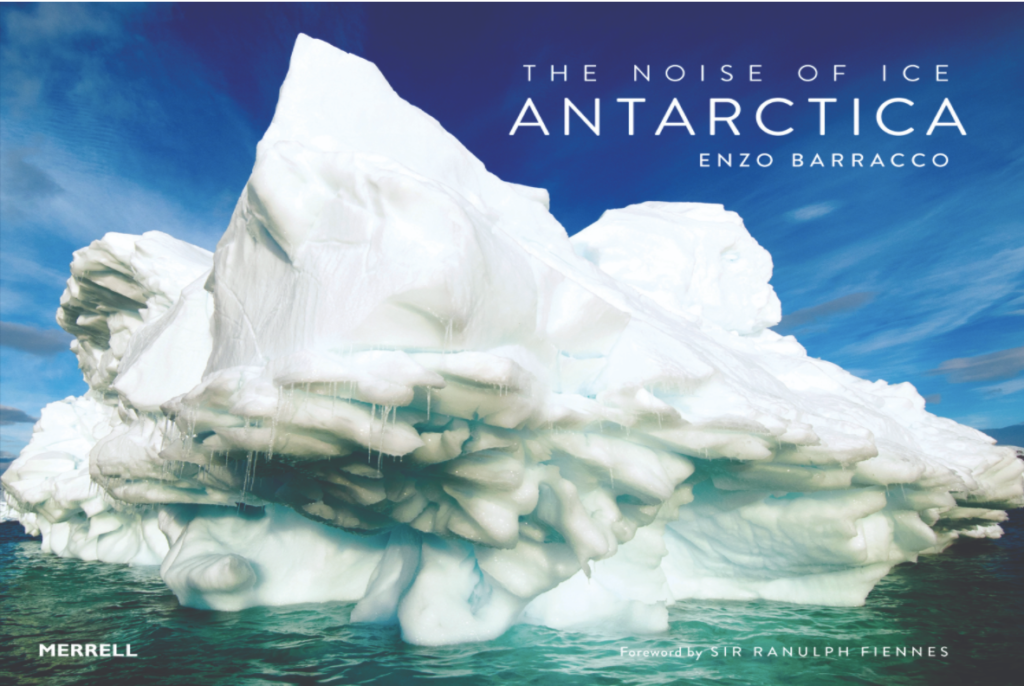
Photographer Enzo Barracco was inspired to shift from fashion to nature photography after reading about the explorer Ernest Shackleton, who led three expeditions to Antarctica in the early years of the 20th century. More than 100 years after Shackleton first set out to reach the South Pole, Barracco went on his own Antarctic expedition. The breathtaking photos of Barracco’s journey were published in his book “The Noise of Ice: Antarctica,” by Merrell Publishers in 2016.
We were introduced to Barracco by Lucie Brigham, with the United Nations Office for Partnerships, who described his photos as an inspirational reminder of the beauty and fragility of the planet.
The photographer, who is currently in New York, recently spoke to us about his work, what he hopes to convey with his images and where he’s off to next.
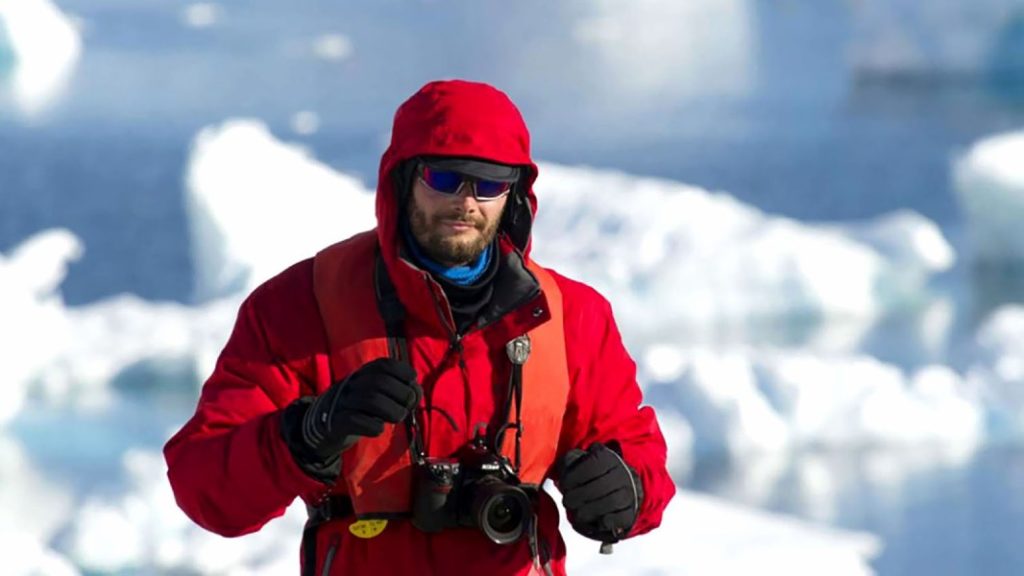
You were originally a fashion photographer, what prompted you to shift to environmental photography?
Even when I was a fashion photographer, I was always interested in the natural world. I was born by the sea and this influenced my entire life and artistic career. The natural world was and is always my first source of inspiration.
I shifted from fashion to environmental photography when I read about the explorer Ernest Shackleton and his remarkable adventure in Antarctica. I was so inspired by him, his courage, leadership, determination and desire to never give up made me organize my own expedition in Antarctica and after that, my career changed. When you see a place so powerful and fragile like Antarctica, it is easy to think differently.
Now with my projects, I help companies, not only in fashion, to communicate their commitment about sustainability and social responsibility.
What were some of the challenges of shooting in that environment?
Shooting in places like Antarctica, in the pure wilderness, is always challenging.
When you work in the studio, all is under your control: the lights, the set, etc. When you work in the wilderness, nature controls all your actions, she decides where you need to go and when. Every time you make a plan, you need to make another one and adapt with the extreme conditions. You need to just wait and respect the timing of nature and be ready while also anticipating what could happen around you and normally, it is majestic and always bigger than you thought it could be.
EDITORS NOTE: If you’re interested in purchasing one of Barracco’s photos and helping him support front-line healthcare workers and COVID-19 patients in New York, the photographer has lent his support to New York-Presbyterian Hospital’s COVID-19 Patient Care Fund, which is raising money to purchase ventilators and personal protective equipment, as well as expand clinical staff and capacity. Barracco is auctioning off some of his photographs, as well as a virtual photography experience to discuss his work, his travels and photography expertise. More information can be found here.
You called your book “The Noise of Ice: Antarctica.” What does the title refer to?
I decided this title when I was in Antarctica. One day during an exploration with a small Zodiac [boat] in an amazing bay with an immense glacier, my team and I decided to explore closer to this amazing massive wall of ice. As soon as we arrived close to the glacier — very close, actually too close — I felt very uncomfortable. The closer we arrived, the more uncomfortable I became. At one point that uncomfortable feeling transformed to fear.
It is difficult to fully describe the magnitude of the scariest moment in my life. In a split second, I decided to turn the Zodiac and go far from that massive wall of ice moments before it came crashing down.
The noise I heard was the most powerful and scary thing I have ever experienced. Also it was an incredible lesson how nature has the capacity always to surprise you.
For your second series, you shot in the Galapagos Islands. What inspired that location?
My new project, Galapagos, was inspired by Charles Darwin. I chose Galapagos for my latest project, the very place where 200 years ago, Charles Darwin studied and understood the origin of our species.
The Galapagos are the perfect environment to make us visualize and understand the equilibrium of the oceanic system, and how it affects the life on our planet on a profound, and very tangible, level. [It is] a key place to understand the change our planet faces now. The geographical position is essential to the Galapagos, it is located exactly where three major currents collide all together and contributes greatly to create a unique ecosystem. Actually one current comes from Antarctica, this is why you can see penguins in the middle of the tropic.
How was this different from shooting in Antarctica?
In Antarctica, you feel like you are on the edge of the world. It is as if you have landed on another planet. You quickly realize why this is the only place in the world where no humans live. It is very cold with super powerful winds. The landscape looks like an animal constantly changing shape to survive.
In Galapagos, it is incredibly amazing to witness all the animals adapt to a very prehistoric territory on land. Underwater you can witness very strong currents. These currents bring nutrition, new species of animals and also shape and influence all the life in this unique and diverse territory.
In terms of photography, in Antarctica, the light and the reflection on the ice are very strong, so every shoot you need to pay extra attention to this.
In Galapagos, the light is not so much a challenge. The real challenge is underwater for the famous strong current, and, of course, the presence of a lot of sharks makes it all a bit more beautiful and intense, even if they are not interested in us at all. They are very remarkable, smart animals.
What do you hope people learn from/take away from these photos?
I hope my work creates a surprise, a curiosity in the natural world in order to raise awareness and respect for the powerful beauty and fragility of our planet.
I believe photography is the perfect tool to help us better understand our planet, because photography doesn’t need translation. Nature has an honest message and I hope I record this with photography.
Where are you headed next? Do you have a list of locations you would love to shoot? Can you share some of those with us?
My next project will be in South Africa, I’m very excited about it. My focus will be on sharks, a very fundamental animal for the balance of our oceans. In particular, I will focus on the Great White shark, I believe one of the most misunderstood animals on our planet.
